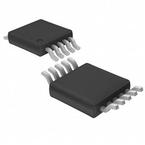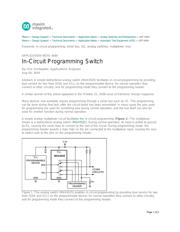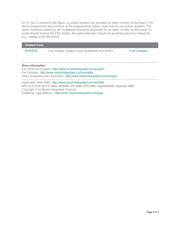下载

Maxim > Design Support > Technical Documents > Application Notes > Analog Switches and Multiplexers > APP 4484
Maxim > Design Support > Technical Documents > Application Notes > Automatic Test Equipment (ATE) > APP 4484
Keywords: in-circuit programming, serial bus, I2C, analog switches, multiplexer, mux
APPLICATION NOTE 4484
In-Circuit Programming Switch
By: Eric Schlaepfer, Applications Engineer
Aug 05, 2010
Abstract: A simple bidirectional analog switch (MAX4525) facilitates in-circuit programming by providing
dual service for two lines (SDA and SCL) on the programmable device: for normal operation they
connect to other circuitry, and for programming mode they connect to the programming header.
A similar version of this article appeared in the October 21, 2008 issue of Electronic Design magazine.
Many devices now available require programming through a serial bus such as I²C. This programming
can be done during final test, after the circuit board has been assembled. In many cases the pins used
for programming are used for something else during normal operation, and the bus itself can also be
used for another function during normal operation.
A simple analog multiplexer circuit facilitates the in-circuit programming (Figure 1). The multiplexer
shown is a bidirectional analog switch (MAX4525). During normal operation, its input is pulled to ground
by R1, causing the serial lines to connect to the rest of the circuit. During programming mode, the
programming header asserts a logic high on the pin connected to the multiplexer input, causing the mux
to switch over to the pins on the programming header.
Figure 1. This analog switch (MAX4525) enables in-circuit programming by providing dual service for two
lines (SDA and SCL) on the programmable device: for normal operation they connect to other circuitry,
and for programming mode they connect to the programming header.
Page 1 of 2




